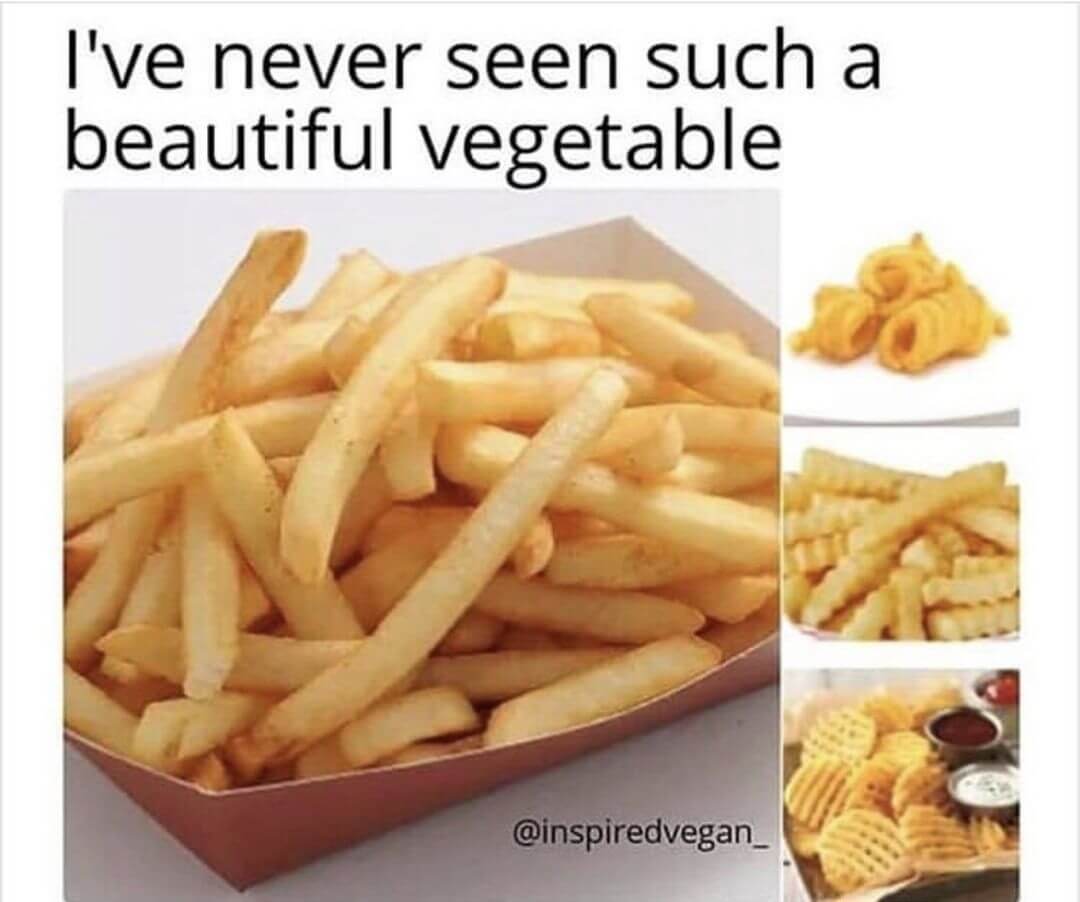How, What and If we eat in the future
There was almost a position statement from The Lancet lately that gained a fair amount of press. The commission deals with the global epidemics of obesity, undernutrition and climate change and basically said that our current global way of eating is not sustainable past maybe another 30 years or so. I feel like we are frequently hearing this from many different angles these days.The basic premises are
- a plant-based diet is generally better for everyone's health than a mass-produced animal-protein based diet
- the amount of resources spent on raising animals just to contribute to our diet has a large degree of wasted energy that could be better distributed
- the byproducts of the industrial animal-protein farming system are damaging the environment
It's tough to argue much with these points, though those in power will fight strongly to maintain the status quo that has gotten us to this point.
From a medical perspective, I've been on board with this since I did my training in the whole foods plant based diet. There will always be exceptions to the rules (some people will point out Inuit and Pacific Island peoples who have survived on animal-based diets for generations, the counter-point being that the animals eaten today are very different as are the rest of the diets, evidenced by the very high rates of diabetes and heart disease in those populations as their diet has been Westernized).
There's a good summary of things and critique I found over here for those interested.
If anything, I think it serves as another wake up call to start thinking about what and how we eat because these changes take a long time to kick in to our daily routines.
Here is some more information for you about plant-based eating, all the benefits surrounding it and how to get started.
